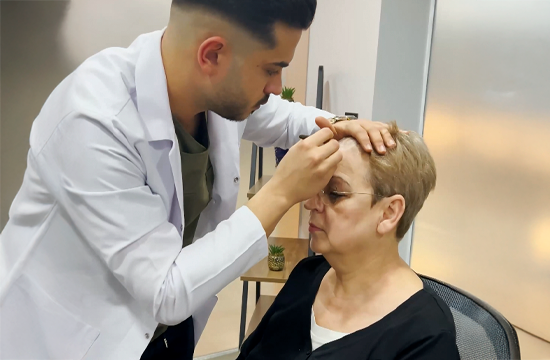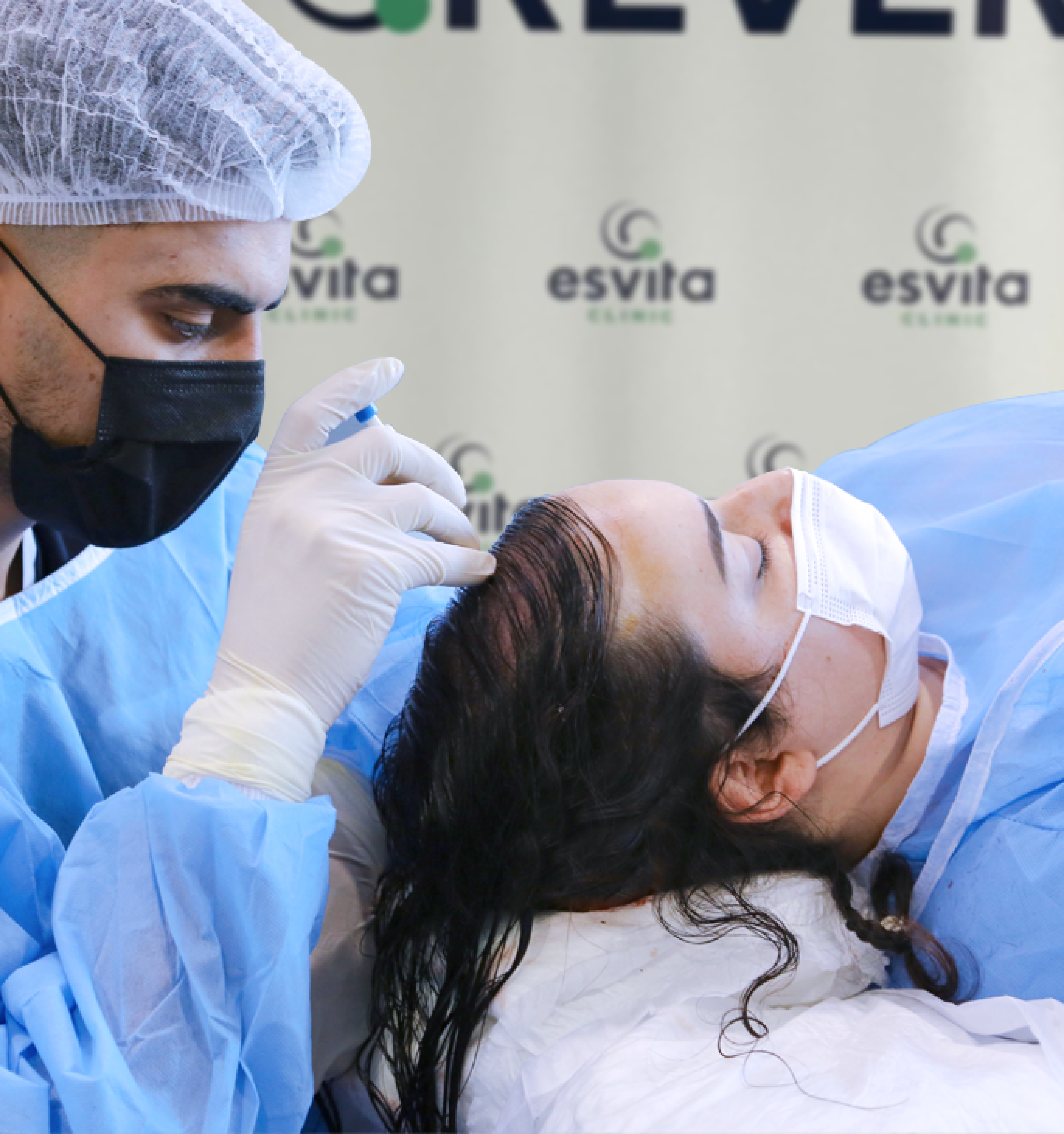
Female Hair Transplant offers a permanent and highly effective solution for women experiencing hair thinning or hair loss due to hormonal changes, genetic factors, stress, or medical conditions. This personalized procedure involves transferring healthy hair follicles from a donor area, typically the back or sides of the scalp, to areas affected by hair loss. Using advanced techniques such as FUE (Follicular Unit Extraction) and DHI (Direct Hair Implantation), the treatment ensures natural-looking results with minimal scarring and faster recovery.

Hair loss in women is often more diffuse and subtle compared to men, typically presenting as overall thinning or a widening part rather than distinct bald patches. Causes can include hormonal imbalances (such as during pregnancy or menopause), genetic predisposition, stress, nutritional deficiencies, thyroid disorders, and certain medical treatments. Hairstyles that place constant tension on hair roots can also contribute to hair thinning.
Understanding the underlying cause is crucial for determining the most appropriate treatment plan. While temporary hair shedding can often be treated with medical therapies, permanent thinning or balding areas can be effectively restored with a female hair transplant, offering a lasting and natural solution.
Hormonal Changes: Pregnancy, menopause, and conditions like polycystic ovary syndrome (PCOS) can disrupt hair cycles and lead to shedding or thinning.
Genetic Factors: Hereditary female pattern hair loss (androgenetic alopecia) is a common cause, resulting in gradual thinning across the scalp.
Stress: High stress levels can trigger telogen effluvium, a temporary form of hair loss where more hairs than usual enter the shedding phase.
Nutritional Deficiencies: Lack of iron, biotin, or vitamin D can weaken hair follicles and slow down hair growth.
Medical Conditions: Disorders such as thyroid dysfunction, autoimmune diseases like alopecia areata, or scalp infections can cause significant hair thinning.
Hairstyling Damage: Frequent tight hairstyles, excessive heat styling, or harsh chemical treatments can damage follicles and lead to traction alopecia.
Identifying the cause is key to selecting the right treatment. In cases of permanent loss, female hair transplant techniques such as FUE or DHI offer effective, long-term solutions.
Follicular Unit Extraction (FUE): Individual hair follicles are harvested from the donor area and implanted into thinning or balding areas. This technique ensures minimal visible scarring, faster recovery, and natural results, making it a preferred method for women.
Direct Hair Implantation (DHI): A variation of FUE, DHI uses a special implanter pen to directly implant extracted follicles into the scalp without prior channel creation. DHI provides higher control over hair growth direction and density, offering a fuller, more natural appearance.
Eyebrow and Hairline Restoration: Specialized techniques are used to restore symmetry and density in areas like the frontal hairline and eyebrows, providing a naturally youthful and harmonious appearance.
The choice of technique depends on the individual’s needs, extent of hair loss, hair type, and goals. Our specialists provide a personalized recommendation to achieve the best possible results.



Female hair loss requires a sensitive and customized approach. No two cases are alike, which is why every hair transplant plan is tailored to the patient’s hair texture, density, scalp condition, and aesthetic goals. By addressing the unique characteristics of female hair loss, we provide solutions that not only restore hair but also rebuild confidence.
Yes, hair transplant techniques like FUE and DHI are highly effective for treating female pattern baldness by redistributing healthy hair follicles into thinning areas, restoring density and improving the natural hairline.
The procedure typically takes between 6 to 8 hours, depending on the number of grafts required and the technique used. Your specialist will provide a more detailed timeline during your consultation.
When performed by experienced professionals, the risks are minimal. Possible side effects include temporary swelling, redness, or mild discomfort, which usually subside within a few days. Adhering to post-procedure care instructions ensures a smooth recovery.
New hair growth usually becomes visible within 3 to 4 months after the procedure. Full, natural-looking results are typically achieved between 9 to 12 months post-transplant.
Not necessarily. In many cases, especially with DHI or FUE techniques, only small donor areas are shaved, allowing most of the hair to remain intact for a discreet procedure. Your specialist will explain the best approach based on your hair loss pattern and goals.


Natural-Looking Results:
The DHI method uses a specialized implant pen to place each hair follicle directly at the correct angle, depth, and direction — creating results that blend seamlessly with your natural hair.
No Shaving Required:
Unlike many traditional methods, DHI can be performed without shaving the entire head. This is especially comforting for women who wish to keep their existing hairstyle throughout the process.
Minimal Scarring:
With no need for incisions or channel openings, DHI leaves virtually no visible scarring. It’s an excellent choice for women who wear their hair long or prefer to style it freely.
Faster Recovery:
The minimally invasive nature of the DHI technique results in less trauma to the scalp, leading to quicker healing and minimal post-op discomfort.
Higher Density:
DHI allows for precise and dense implantation, making it ideal for achieving full, voluminous hair in areas affected by diffuse thinning.
Versatile Applications:
From the scalp to the eyebrows and hairline, DHI offers outstanding control and precision — perfect for refining feminine aesthetics in delicate zones.
With no shaving, no scarring, and no compromise on density or natural appearance, DHI is the go-to method for women seeking subtle yet transformative hair restoration.

Performed under local anesthesia, the procedure is designed to be comfortable and safe. Each step is tailored to the unique hair type, loss pattern, and aesthetic goals of the patient. The results of a female hair transplant are permanent, restoring confidence and providing fuller, healthier hair. Whether addressing a receding hairline, overall thinning, or patchy bald spots, female hair transplant treatment offers a discreet and reliable path to rejuvenated hair and appearance.

Contact with our experts and learn about your options! Or fill the form right side and we will call you
